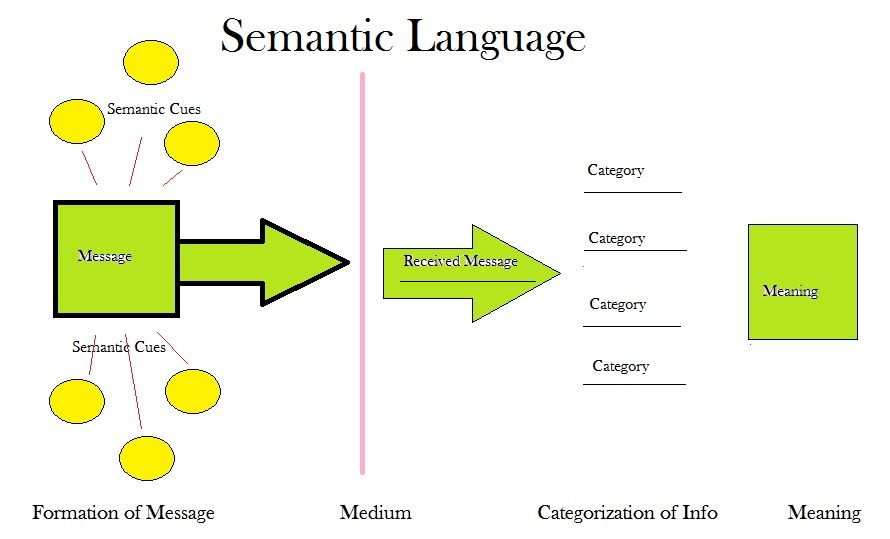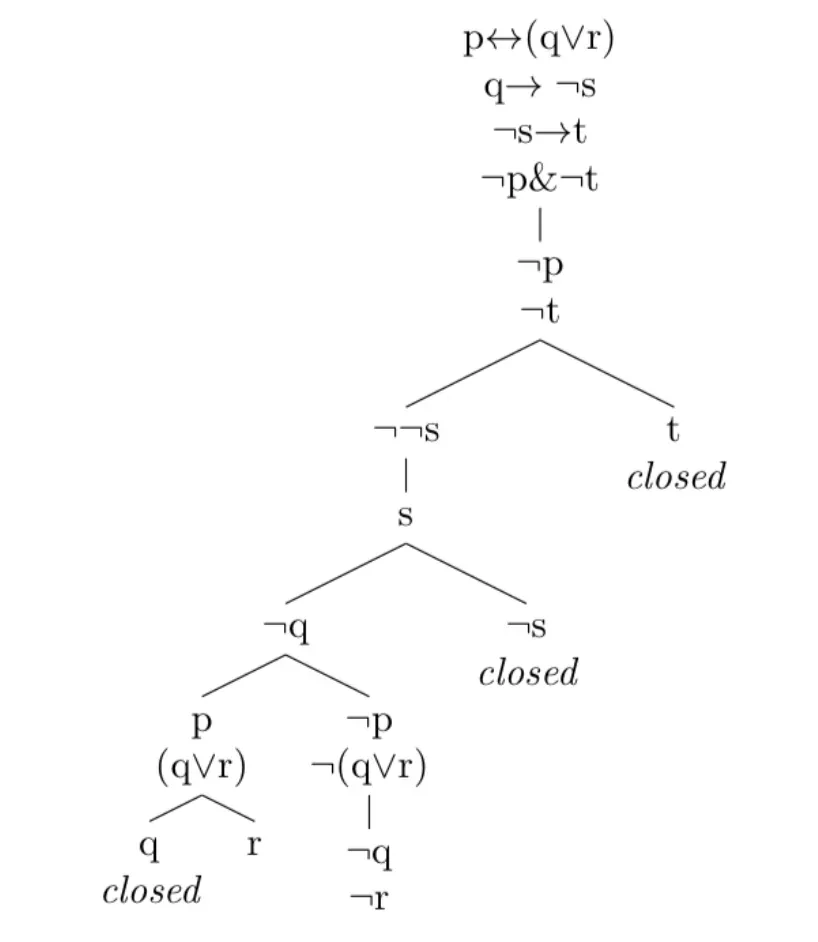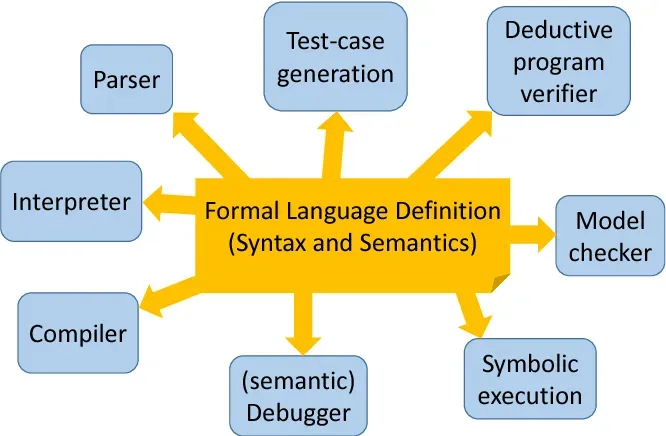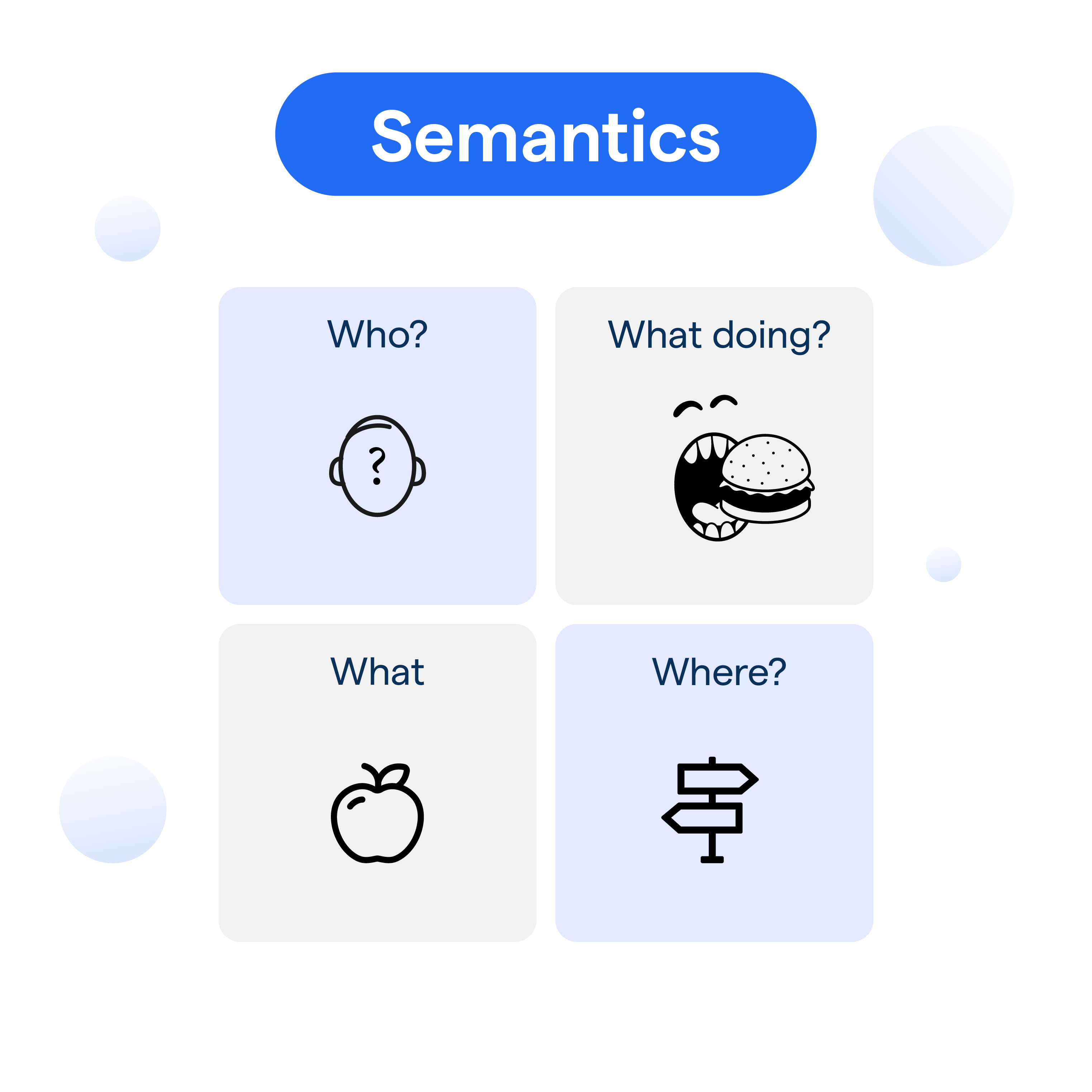What is Semantics?
Semantics in linguistics is a sub-field that concerns itself with the meanings of words, phrases, sentences, and texts.
It studies the relationship between signifiers (like words, phrases, signs, and symbols) and what they stand for, their denotation.
Importance of Semantics
Understanding semantics in linguistics enables better comprehension and expression in any language.
It's the key to effective communication, helping us understand the nuances of meaning, context, tone and intent behind words or phrases.
Evolution of Semantics
Like any aspect of language, semantics in linguistics has evolved over time.
From classical semantics to the advanced computational semantics in programming of today's digital era, this progression mirrors the development of human communication itself.
Branches of Semantics
Semantics is not a monolithic construct but rather a field with many branches.
From formal semantics, which focuses on meaning in the context of logical expressions, to lexical semantics, delving into word meanings and relationships, the diverse areas of study within semantics provide a rich field of exploration.
Semantic Theory
Semantic theory is the intellectual framework that guides semantic analysis and interpretation.
Different theories provide different methods and perspectives for comprehending meaning in language.
Where is Semantics Applied?
Now, let's look at the various domains where semantics is applied.

Where is Semantics Studied?
Semantics is studied in academic settings such as universities and research institutes.
It's a key component of linguistics, cognitive science, communication studies, language teaching, computational linguistics, and artificial intelligence.
Where Can You Learn Semantics?
In addition to traditional academic settings, you can learn semantics through online courses, textbooks, language learning tools, linguistic blogs, and scholarly articles.
Where Does Semantics Matter?
Semantics matters everywhere language is used, whether in daily conversation, formal communication, writing, language teaching, translation, or natural language processing in computing.
Where are Semantic Principles Used?
Semantic principles are used in designing and interpreting language in education, media, law, artificial intelligence, computer programming, and communications systems.
Where is Semantics Important?
Semantics is important in all fields where human language is crucial. This includes linguistics, communications, literature, artificial intelligence, law, philosophy, sociology, psychology, and education.
Semantics & Other Linguistic Disciplines
Next, we'll delve into how Semantics interacts with other linguistic disciplines.
Semantics vs. Syntax

Syntax concerns the structure of sentences while semantics focuses on their meaning.
The two are linked, as meaning often depends on sentence structure, but they're distinct fields of study within linguistics.
Semantics vs. Pragmatics
Pragmatics looks at how context influences the interpretation of meaning.
Semantics and pragmatics often work hand in hand, as semantics provides the base meaning and pragmatics adapts that base to context.
Semantics in Phonetics & Phonology
In phonetics and phonology, semantics come into play when we consider the meanings of sounds.
For example, intonation can dramatically alter the meaning of a sentence, indicating a question, command or statement.
Semantics & Sociolinguistics
The study of language from a social perspective, sociolinguistics, examines how semantics varies across different social groups, cultures, and contexts.
Semantics & Psycholinguistics
Psycholinguistics investigates the mental processes involved in understanding and producing language.
It delves into how we comprehend, process, and assign meaning – key areas of semantic study.
Lexical Semantics

Let's delve deeper into the very foundation of semantics: words themselves.
- Word Meaning: The definitional meaning or denotation of a word is the starting point of lexical semantics. Each word carries a central meaning that often invokes associated conceptual knowledge.
- Word Relationships: Synonymy, antonymy, and hypernymy are relationships between words, providing structural elements of language that also carry semantic weight.
For example, synonyms convey a shared sense, while antonyms and hypernyms express contrasting meanings.
- Semantic Fields: Semantic fields (or lexical fields) are groups of words with related meanings. The concept of fields helps linguists understand how words and meanings are organized in our minds.
- Semantic Change & Ambiguity: Words can change meaning over time, or carry different meanings in different contexts – a process known as semantic shift.
This can result in ambiguity where a word or phrase has more than one possible interpretation.
- Semantic Features: Words can be analyzed according to their semantic features – the aspects of meaning that define a word.
These could be concrete, such as 'four-legged' for dogs, or abstract like 'happiness' for joy.
Semantics & Logic
Next, we explore the fascinating intersection of semantics and logic.

- Truth Conditions: A cornerstone of logical semantics, the 'truth conditions' of a statement are the circumstances that must exist for it to be considered true.
- Propositions & Predicates: In logic, propositions are declarative sentences that can be either true or false. Predicates are the part of a sentence that modifies the subject and they both carry semantic implications.
- Quantifiers: Quantifiers are words that reflect quantities (like 'each', 'every', 'all', and 'some') and play pivotal roles in both semantics and logical reasoning.
- Modality: Modality refers to a speaker's viewpoint or attitude towards a proposition. Modal words and phrases (such as 'might', 'could', and 'must') add extra layers of meaning to sentences, influencing how they're interpreted.
- Semantic Inference: Semantic inference involves deriving meaning from premises. It's an integral part of logic, where propositions and their relationships are analyzed to infer conclusions.
Semantic Analysis
Moving into the practical domain, semantic analysis focuses on extracting meaning from language.
- Compositional Semantics: This perspective holds that the meaning of a sentence is composed of the meanings of its parts and the way they're structured together.
- Discourse Semantics: Discourse semantics, thanks to the evolution of semantics, can analyze meaning beyond the sentence level, looking at discourse or larger contexts.
- Semantic Roles: Semantic roles, also known as thematic roles, refer to the roles that participants play in events or situations described by a sentence.
- Semantic Relations: In discourse semantics, the relationships between different parts of a text – such as coreference, cause-effect, and topic-comment, are crucially important for extracting meaning.
- Semantic Annotation: Semantic annotation is the process of marking words or phrases in a text with notes on their specific meanings, providing a rich resource for computational processing.
Semantics in Programming
Semantics isn't only about human languages. It's vital in programming languages too! So, here is all you need to know about the semantics in programming.

Semantics in Programming Language
Semantics in programming language addresses how a correct program in a computer language is required to perform according to its specifications.
Semantic Errors
Semantic errors occur when a programmer's intent isn't executed as expected, even if the code is syntactically correct.
Semantic Code Analysis
Semantics in programming involves semantic code analysis to check code against a set of rules that dictate good practice. Thus looking for semantic errors or style problems that could lead to bugs.
Semantic Versioning
Semantic versioning is a system for versioning APIs which reflects the types of changes that have been incorporated in a given release.
Semantic Web
The Semantic Web utilizes semantics in programming principles to make Internet data machine-readable. Thus leading to more effective data integration of semantics in programming.
Frequently Asked Questions (FAQs)
What Intricacies make Semantics a complex field?
Semantics is complex as it involves deciphering meaning from human language. This includes understanding figurative language, context, idioms, and cultural nuances.
It also requires understanding language evolution and continually updating language databases to reflect these changes.
How is Semantics employed in creating Chatbots?
Semantics helps chatbots understand user queries by interpreting the context and intended meaning.
It aids in providing more accurate and contextually suitable responses, thereby improving the user experience and interaction quality with the chatbots.
What's the contrast between Syntax and Semantics?
While both, semantics vs syntax, are crucial in language understanding, semantics focuses on meaning.
Meanwhile syntax involves the arrangement of words and grammar. Semantics interprets the intended conveyance, whereas syntax establishes the language rules.
Can Semantics impact SEO performance?
Absolutely, semantics strongly influences SEO. By using semantic understanding, search engines can interpret user intent and context behind search queries more accurately, leading to improved matchmaking between search requests and relevant content.
How is Semantics crucial in Natural Language Processing (NLP)?
Semantics aid NLP by understanding the meaning and context behind human language data, important for many tasks like sentiment analysis, summarization, and machine translation.
It helps create more nuanced, accurate NLP models and applications.

